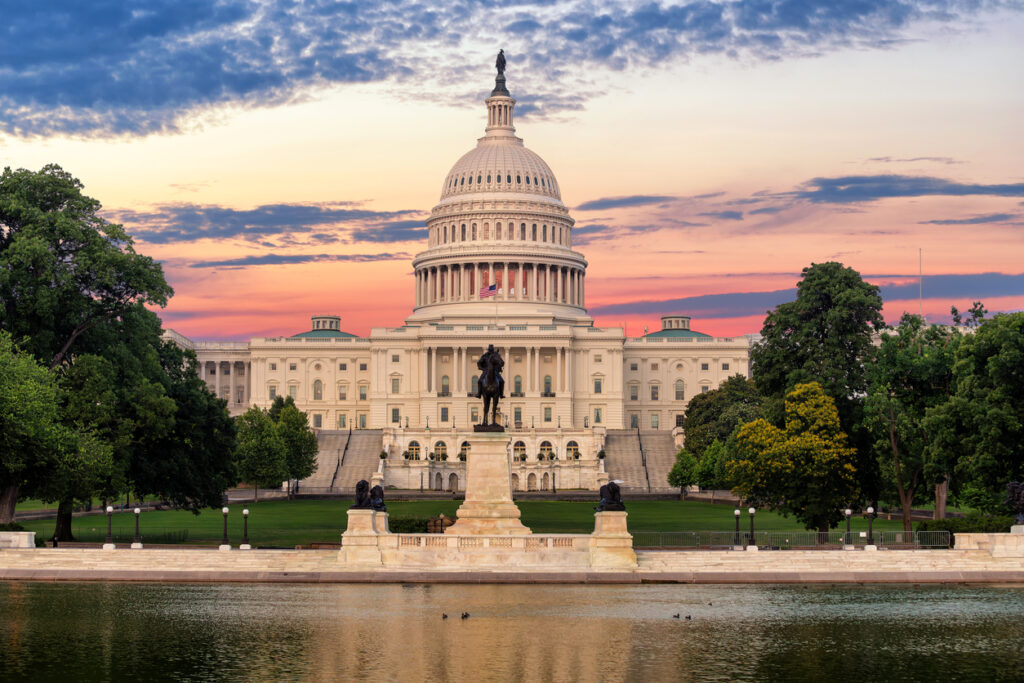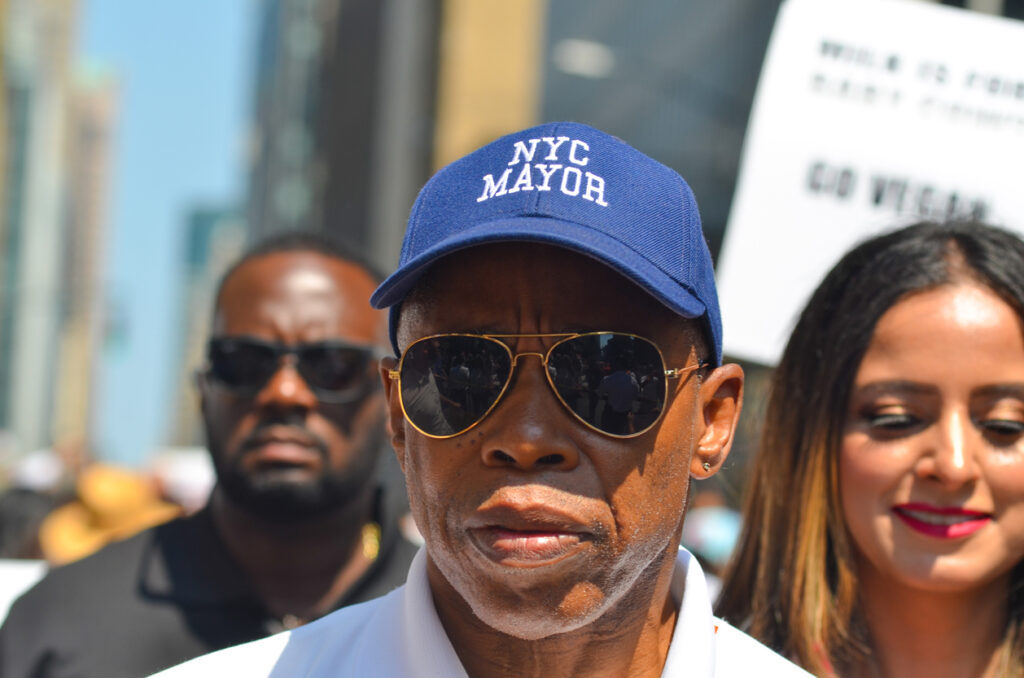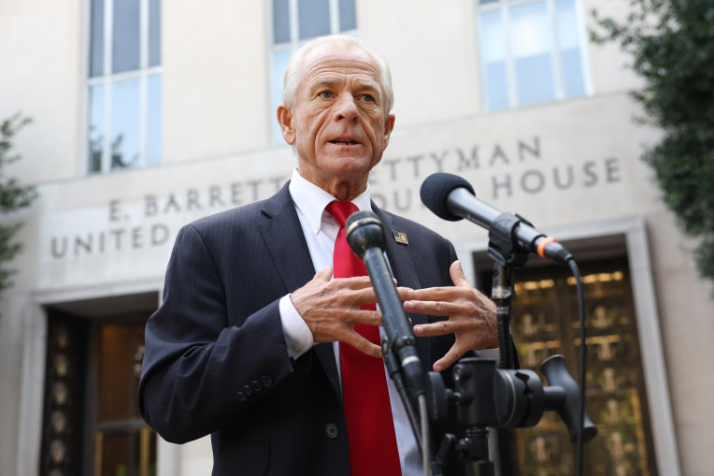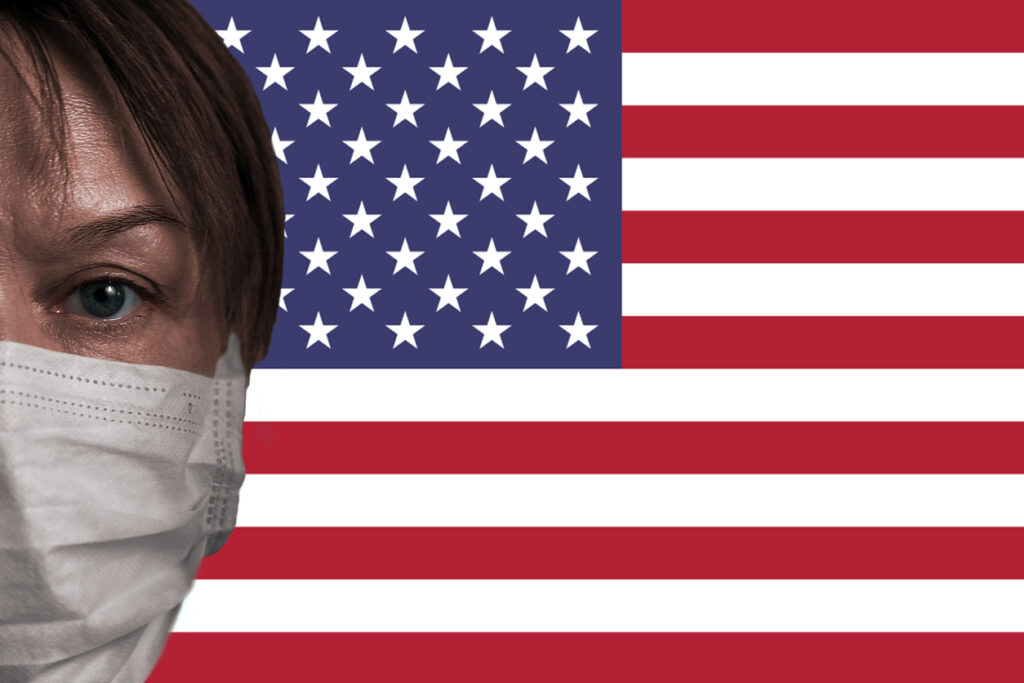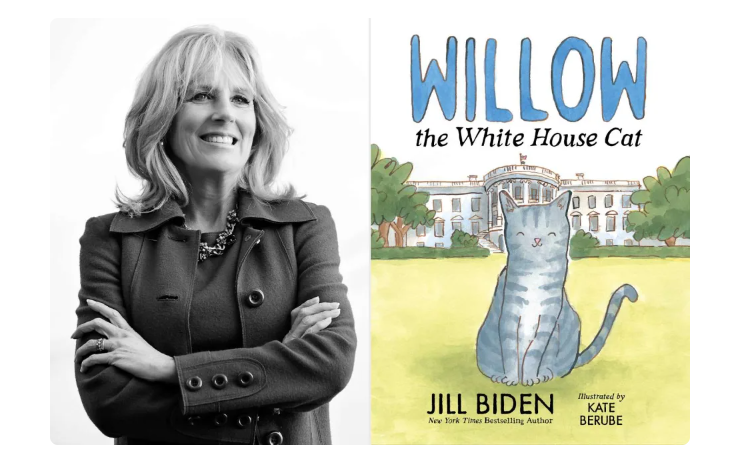Roll up the welcome mat, COVID-19; the Centers for Disease Control and Prevention (CDC) just jazzed up the playbook on how we’re dancing with the virus. In a move that feels a bit like loosening a necktie after a long day, the CDC is dialing back on some of its longstanding advice, and it’s stirring up quite the chatter.
Once upon a time, testing positive for COVID-19 meant you were signing up for a mini-vacation in the confines of your home, albeit without the perks of room service or a scenic view. The drill was simple: isolate at home for five days, binge-watch your favorite series, and emerge like a butterfly once the self-imposed cocooning phase was over. But, plot twist: That’s old news now.
In a recent update, the CDC shared some news that feels a bit like finding an extra fry at the bottom of the bag. For those who catch COVID-19, the whole five-day isolation period has been scrapped. Instead, if you’re sniffling, coughing, or running a fever, the new advice is to stay home until you start feeling better and are fever-free for 24 hours (sans the help of fever-reducing meds).
But wait, there’s more. Once you’ve traded your sickbed for the outside world, masking up for five days is the new encore performance, down from the previous 10-day headlining act. It turns out masks aren’t just a COVID couture; they’re pretty handy for other respiratory villains like the flu and RSV, too.
Why the sudden change, you ask? According to the CDC, COVID-19, while still the talk of the town, is no longer the headline act it once was. With hospitalizations and dramatic entrances to the emergency room on the decline, the virus’s role in public health dramas is looking more like a guest appearance.
Infectious disease specialists are giving a nod to this new direction. Dr. George Rutherford from the University of California in San Francisco points to our growing arsenal against COVID—vaccinations, past infections building a fortress of immunity, and the dawn of less intimidating virus variants—as reasons why this plot twist makes sense.
The consensus among the experts, like Dr. Matthew Binnicker of the Mayo Clinic and Dr. Emily Hyle of Massachusetts General Hospital, seems to be that treating COVID more like its viral cousins, the flu and RSV, could help us all breathe a bit easier. After all, with more tools than ever to prevent and manage the virus, and the majority of folks with mild cases already skipping the extended isolation tour, the CDC’s update might just be in harmony with the rhythm of our lives.
So, what’s the take-home message? If you’re feeling under the weather with coughs, fevers, or the like, the best bet is to hang back at home. And if you do venture out, think of masks as your ticket to a healthier community concert. Masking a bit longer than the recommended five days could even score you some extra points in reducing the virus’s spread.
In the end, it’s not about ignoring COVID-19’s top hits; it’s about using every trick in the book to keep the party going while minimizing the risk of a bad hangover. So, here’s to adapting, staying safe, and maybe, just maybe, getting a little closer to that encore we’ve all been waiting for.

